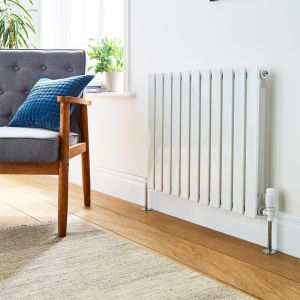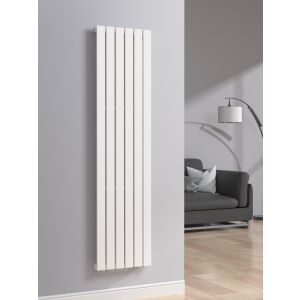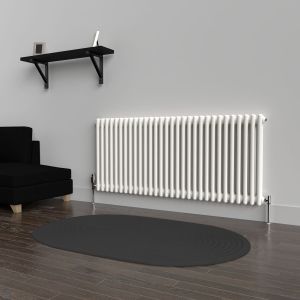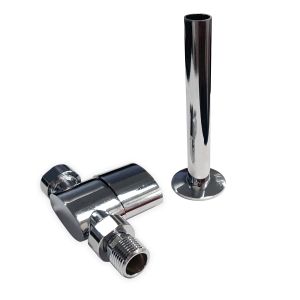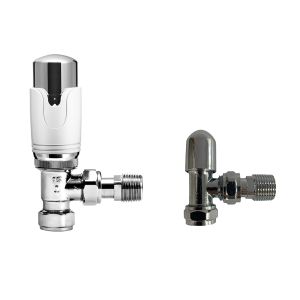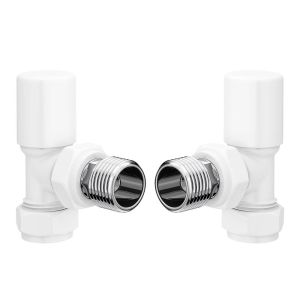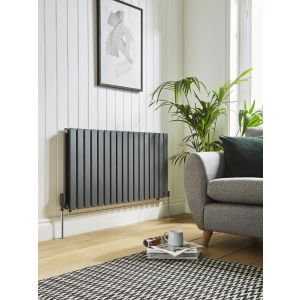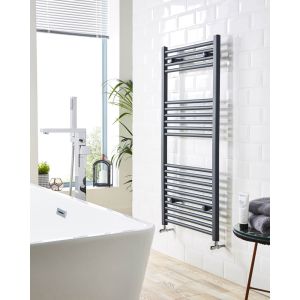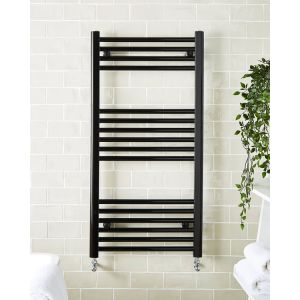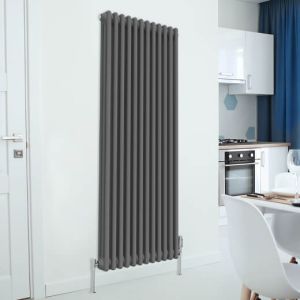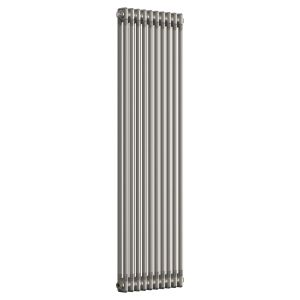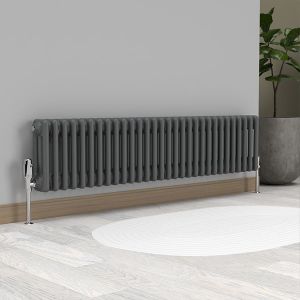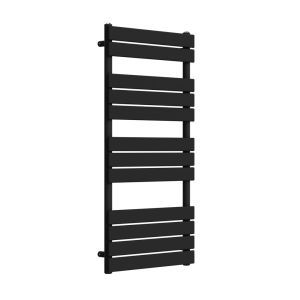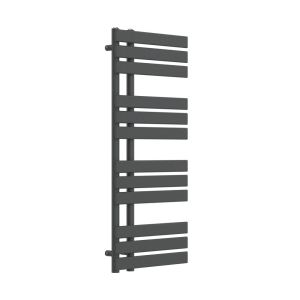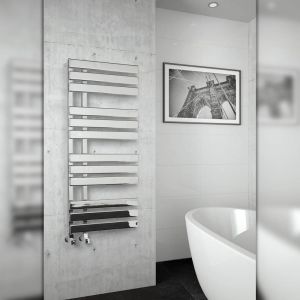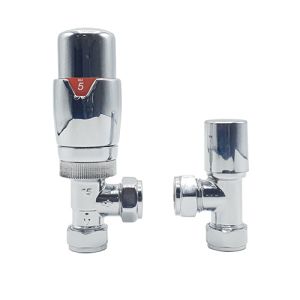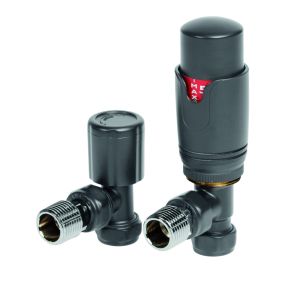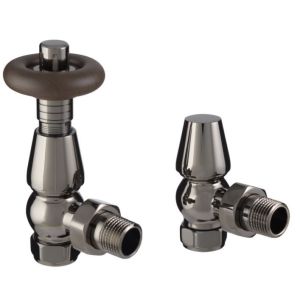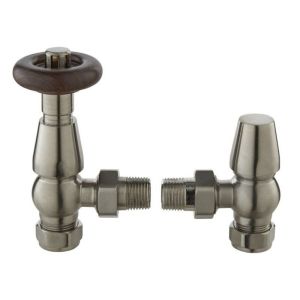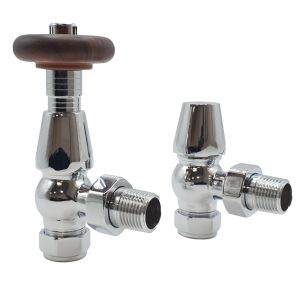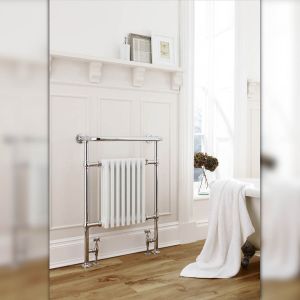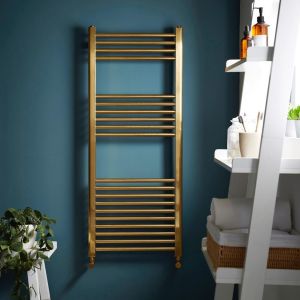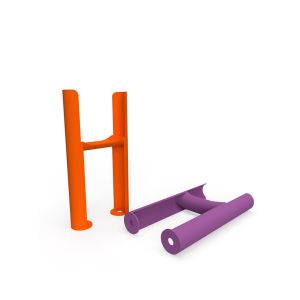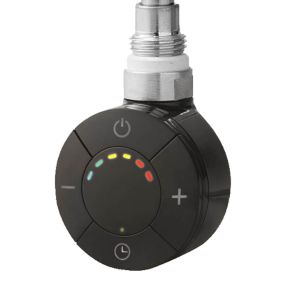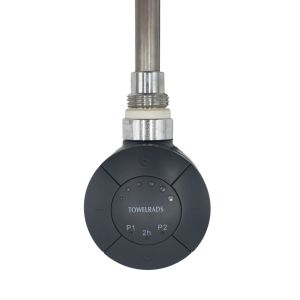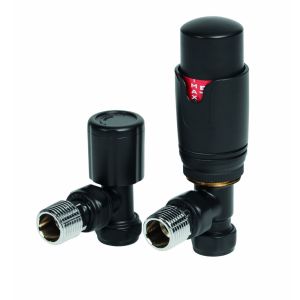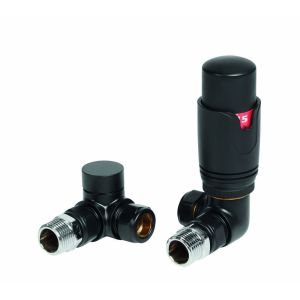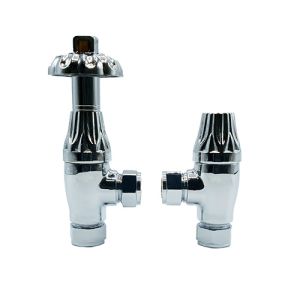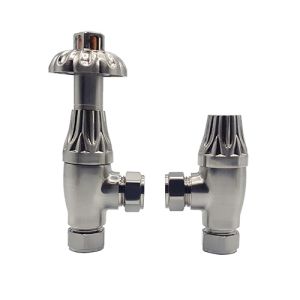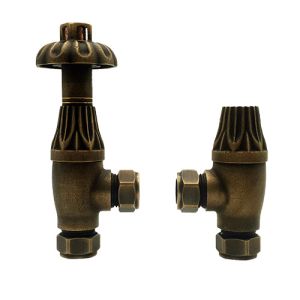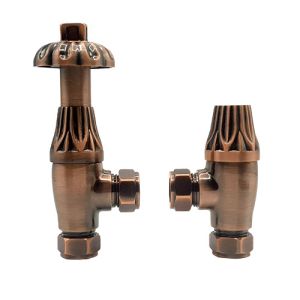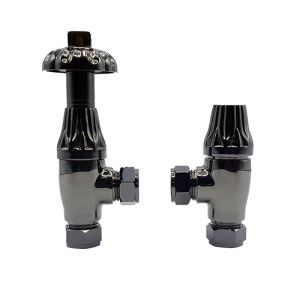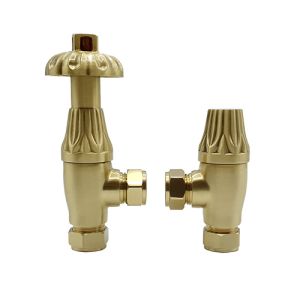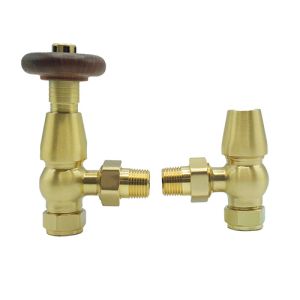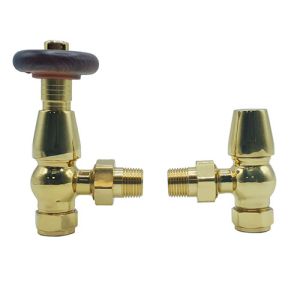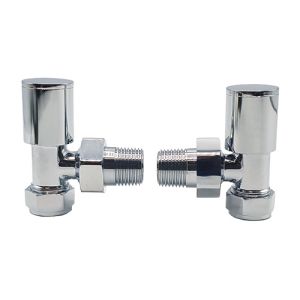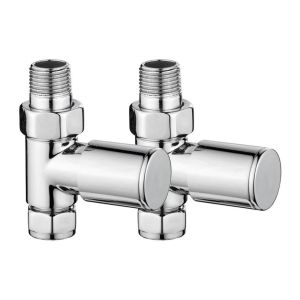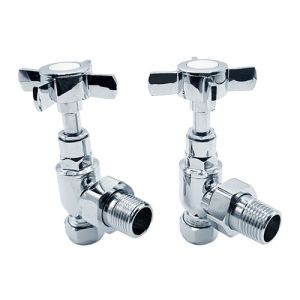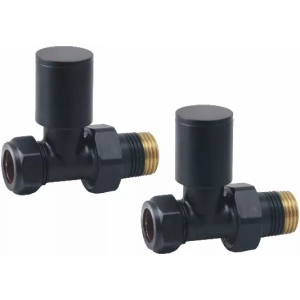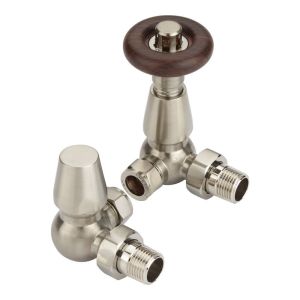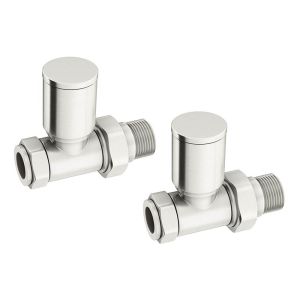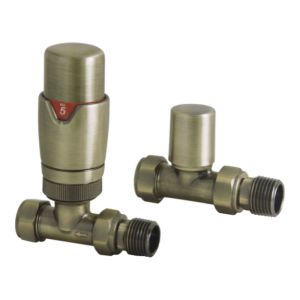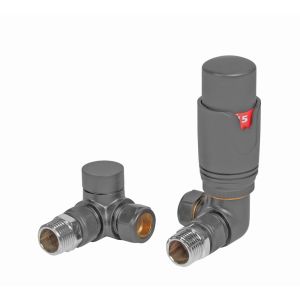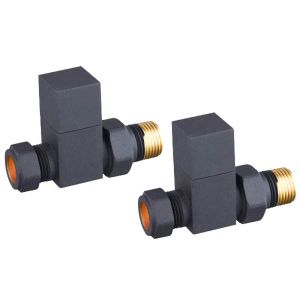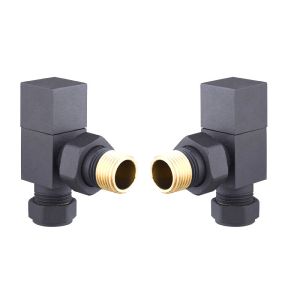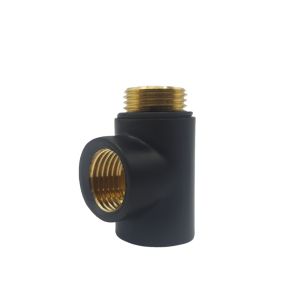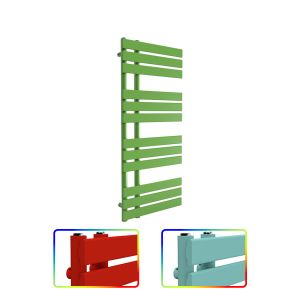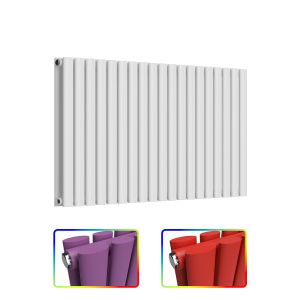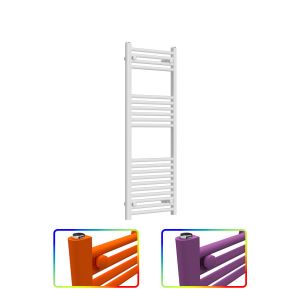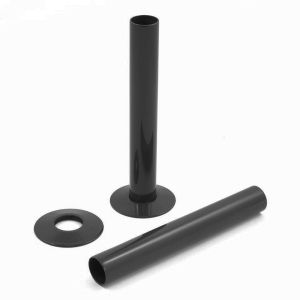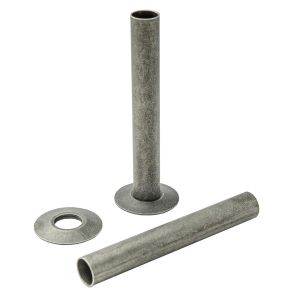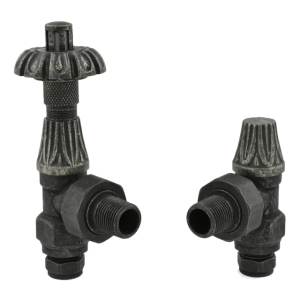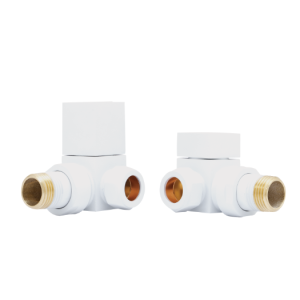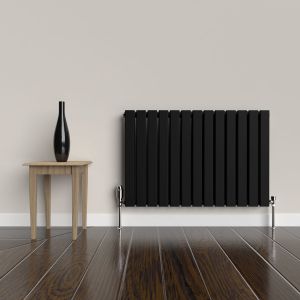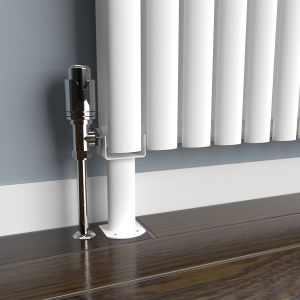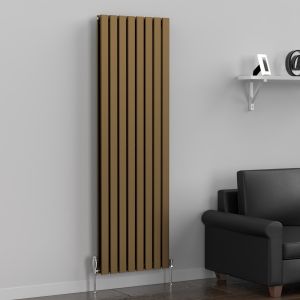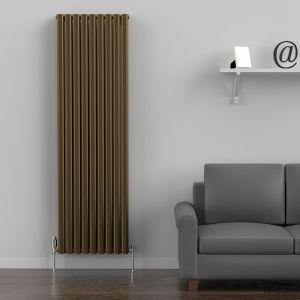With energy prices on the up and up, we’re all seeking new ways to get the most out of our horizontal radiators and keep our household bills in check. Is painting a radiator the key to making your old white radiators more efficient?
Metal radiators work by both radiation and convective heat, so while paint might affect the radiant part of the heating process, it probably doesn’t have much impact on a radiator’s overall efficiency. Therefore, if you were thinking of taking a paint brush to your radiators, you might be wasting your time and money as the results won’t make that much of a difference.
What About Black Radiators?
There is a bit of a myth surrounding black radiators and the belief that they conduct heat far more effectively than their white radiator counterparts, but again any results found have been so insignificant that we are unable to say that black radiators really offer greater heat efficiency.
However, one thing that everyone can agree on is the fact that black radiators look incredibly stylish and sleek when adorning walls around the home. You should ultimately choose the coloured radiators that suit your personal taste and décor style for their looks rather than their heating prowess as most modern radiators offer good levels of heat regardless of their hue.

What Can I Do to Make My White Radiators More Efficient?
Instead of getting hung up on which coloured radiators offer the best heat output or picking up some pricey paint to try and get the most out of your central heating system, there are a few ways that you can ensure that your radiators stay in tip-top conditional and are working to their optimal levels.
Give Your Central Heating System a Little TLC
To keep your white radiators working correctly all year round, it's a good idea to fire up your central heating system every few months to check that everything is working properly. Generally speaking, our radiators are given a bit of a break during the summer months, and it is only when we come to turn them up when the temperatures start to drop that we spot problems.
Therefore, it’s a good idea to get a gas engineer or central heating specialist to come out to give your white or coloured radiators the once over during the warmer months as this gives you time to replace your radiators before winter hits and you really need them should there be a problem. It’s also a good opportunity to carry out essential boiler maintenance.
Gas engineers are usually overwhelmed with work during the colder months as homeowners fail to maintain and check their central heating during the summer, so to avoid sitting in a freezing house waiting for your engineer to get around to you, get proactive and get your central heating and radiators serviced during the warmer months just in case.
Remove Any Unwanted Build-Up
Over time, both vertical radiators and horizontal heating units can suffer from a build-up of sludge and debris which can stop them working as well as they should be. This build-up prevents the warm water circulating around the radiator and can lead to cold spots - far from ideal if you want to keep your home warm and cosy when winter comes around.
As your radiators are having to work much harder to heat up due to this residue, you might find that you’ll be getting larger energy bills if you don’t take steps to remedy these cold spots, so it really is in your best interest to get to the bottom of the problem as soon as you can.

Luckily, removing these build-ups for vertical or horizontal heating units is pretty straight forward and something that you can do yourself with a little time and a few household items that you’ve probably already got lying around in your garage or garden shed.
To get started you'll need a few old towels, a pair of pliers and a large bowl or bucket to catch any liquid when it escapes your radiators. First, make sure that your central heating system is turned off, and your coloured radiators are cool to the touch to safeguard against burns.
Layout the old towels under the radiators’ release valves and have your bucket handy. Next, use the pliers to open the valves and place your bowl or bucket underneath for as long as it takes to capture any liquid in the radiator. Make sure that you give the radiator a few extra minutes to expel the contents as the sludge might be right at the bottom and the last thing to come out. This is why we recommend using a few old towels to protect your flooring.
If you’ve spotted quite a lot of rusty water coming from your current radiators, it might be time to consider getting some new designs that will offer far better heat efficiency and will be free from rust which builds up in the system causing cold spots and blockages.
Once you’ve closed the radiator valves, go around the house carrying out the same process until all radiators have been bled. Next, you’ll need a little central heating cleaning fluid. This is readily available from any DIY shop for just a few pounds and will help cleanse the system and break down any remaining sludge.
Add this to your system and leave it to work for as long as the product packaging states. Now, you can top your central heating system back up and turn it on. Next, go around your radiators checking for any remaining cold spots and repeat the process if necessary.
Can't Find What You're Looking For?
If you still have questions unanswered, please don't hesitate to contact us today! Our award winning customer service team are always ready to help with any enquires you may have.
If you're looking for a new radiator, check out our designer radiator sale! we have hundreds of options for you to choose from.










